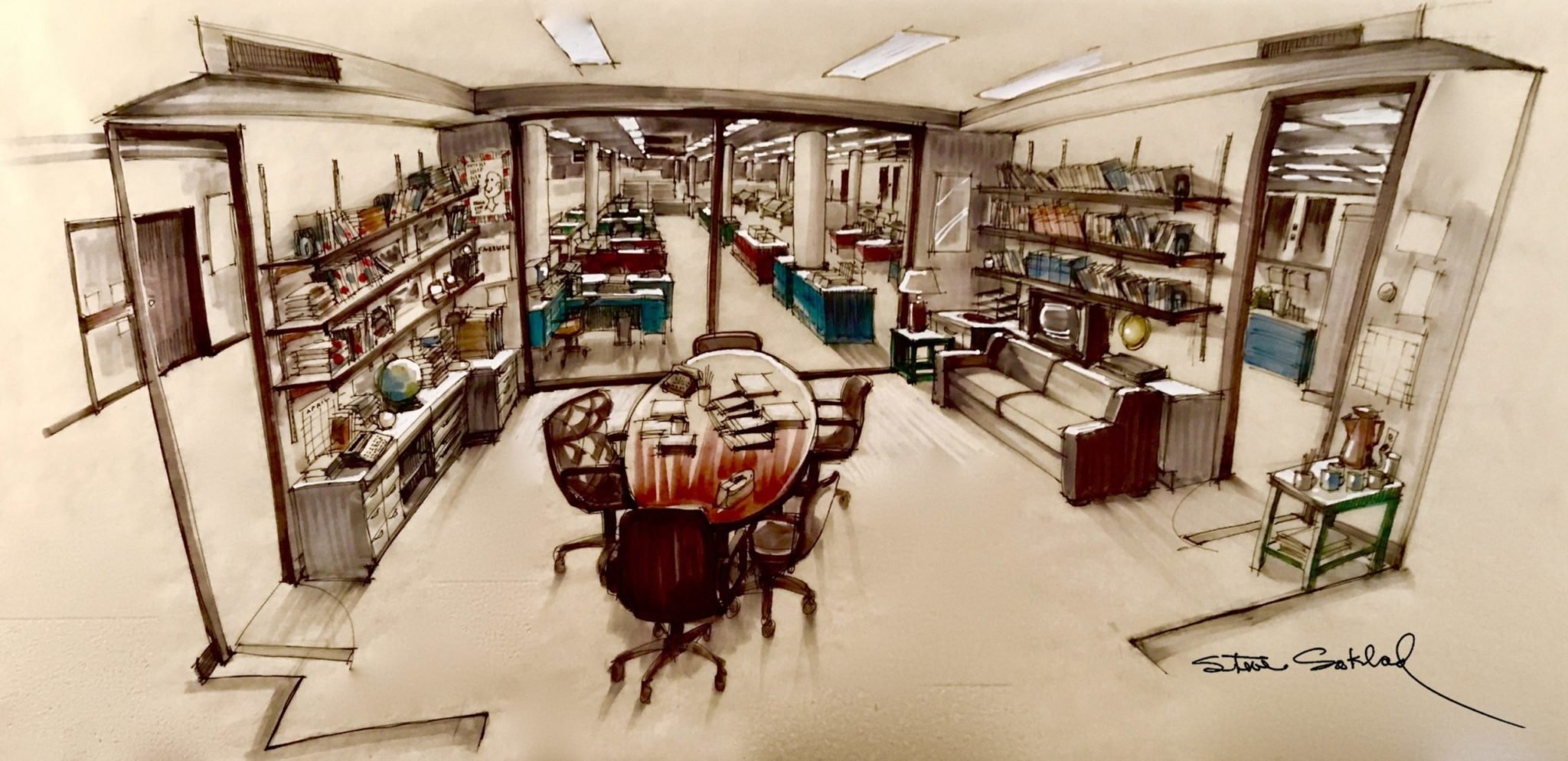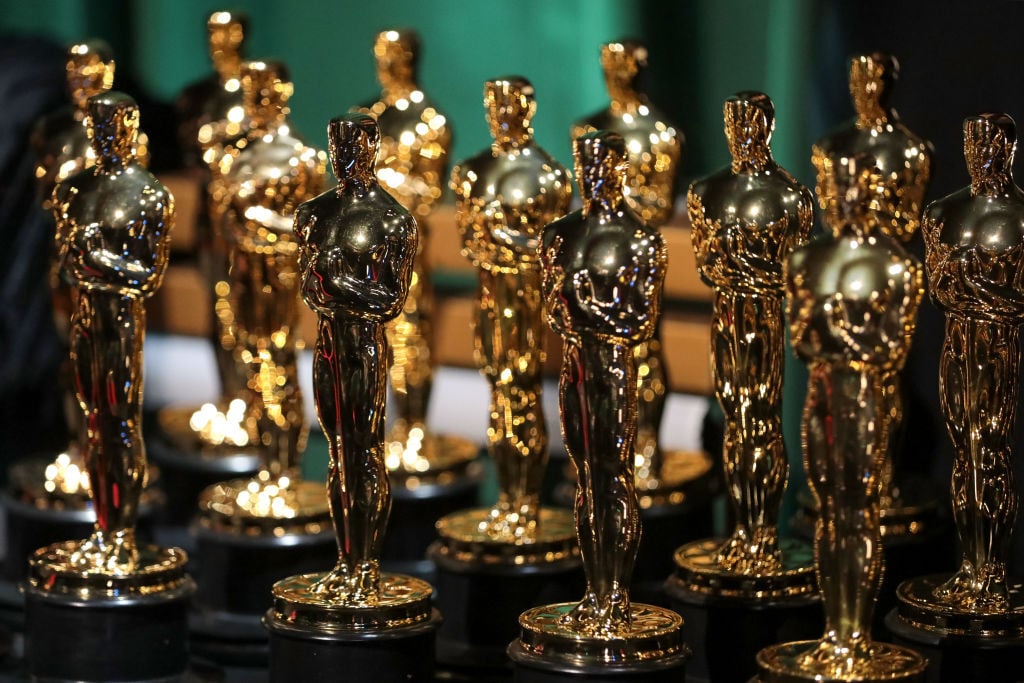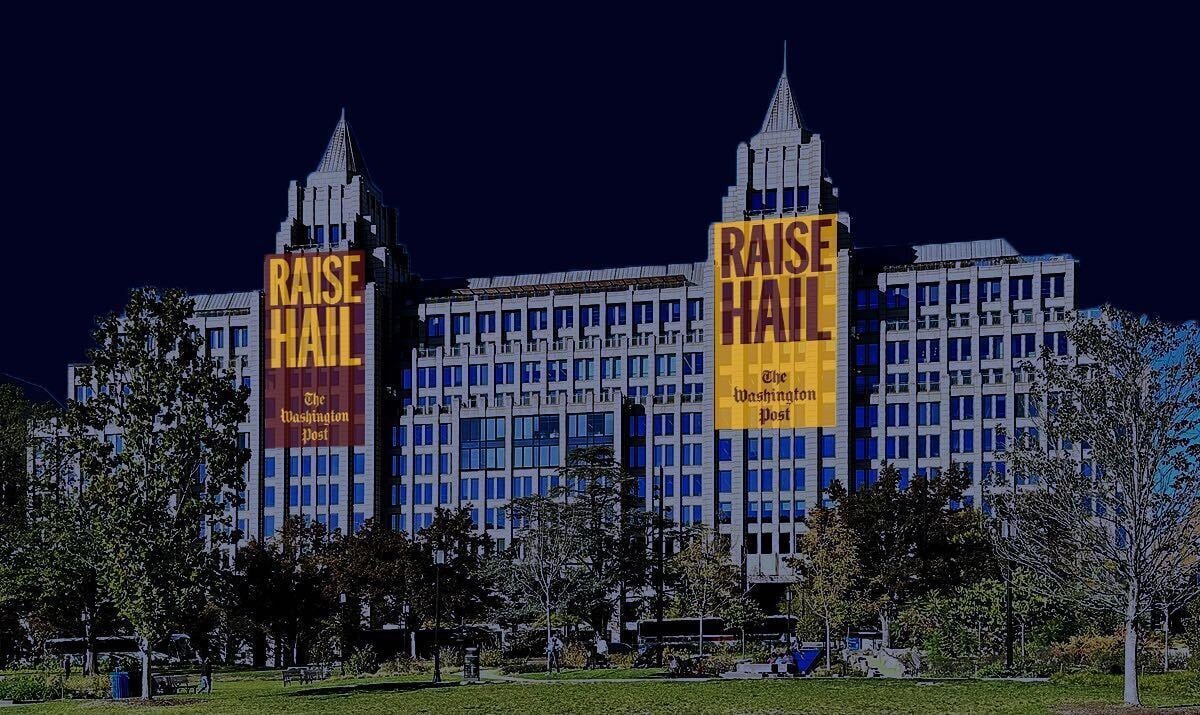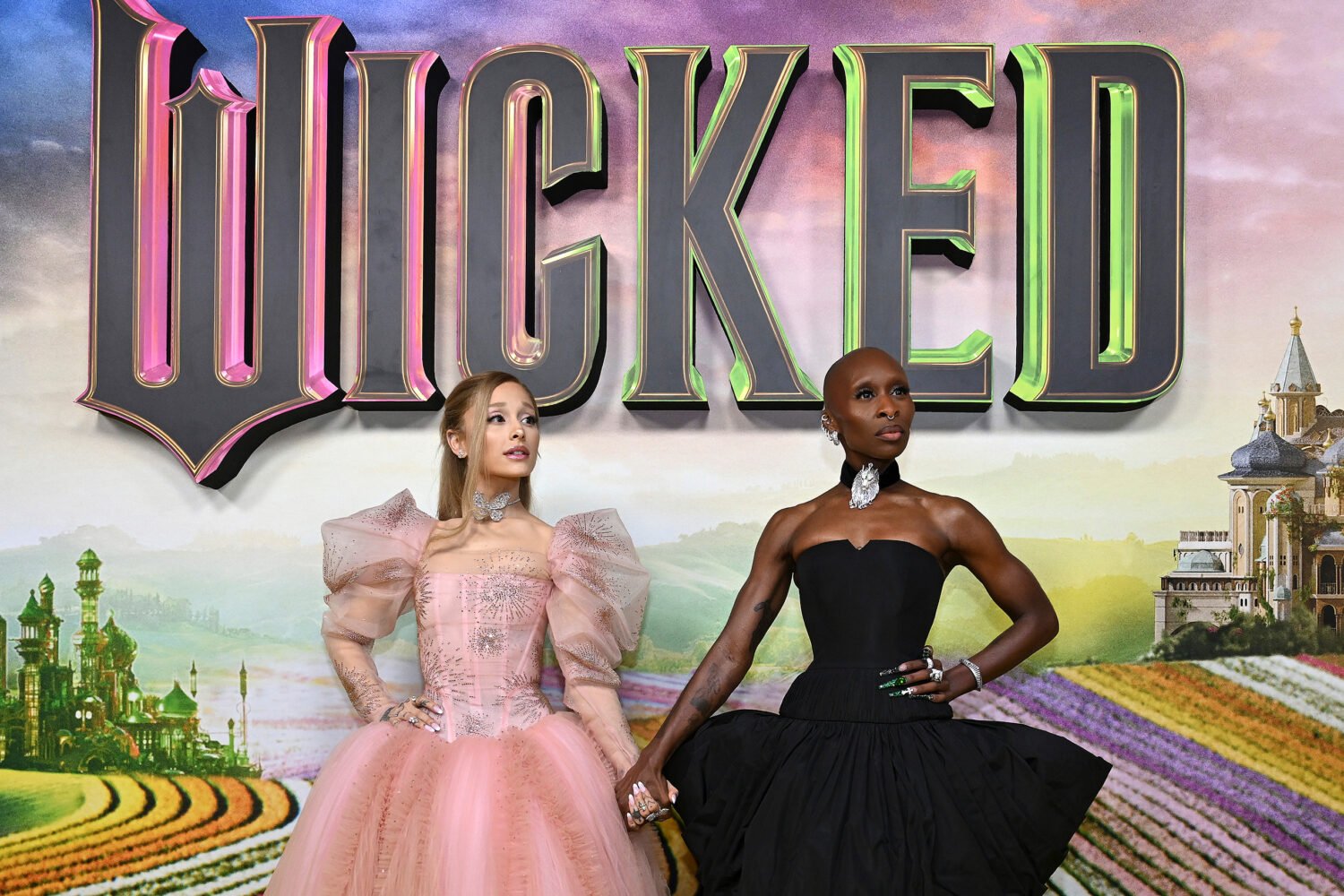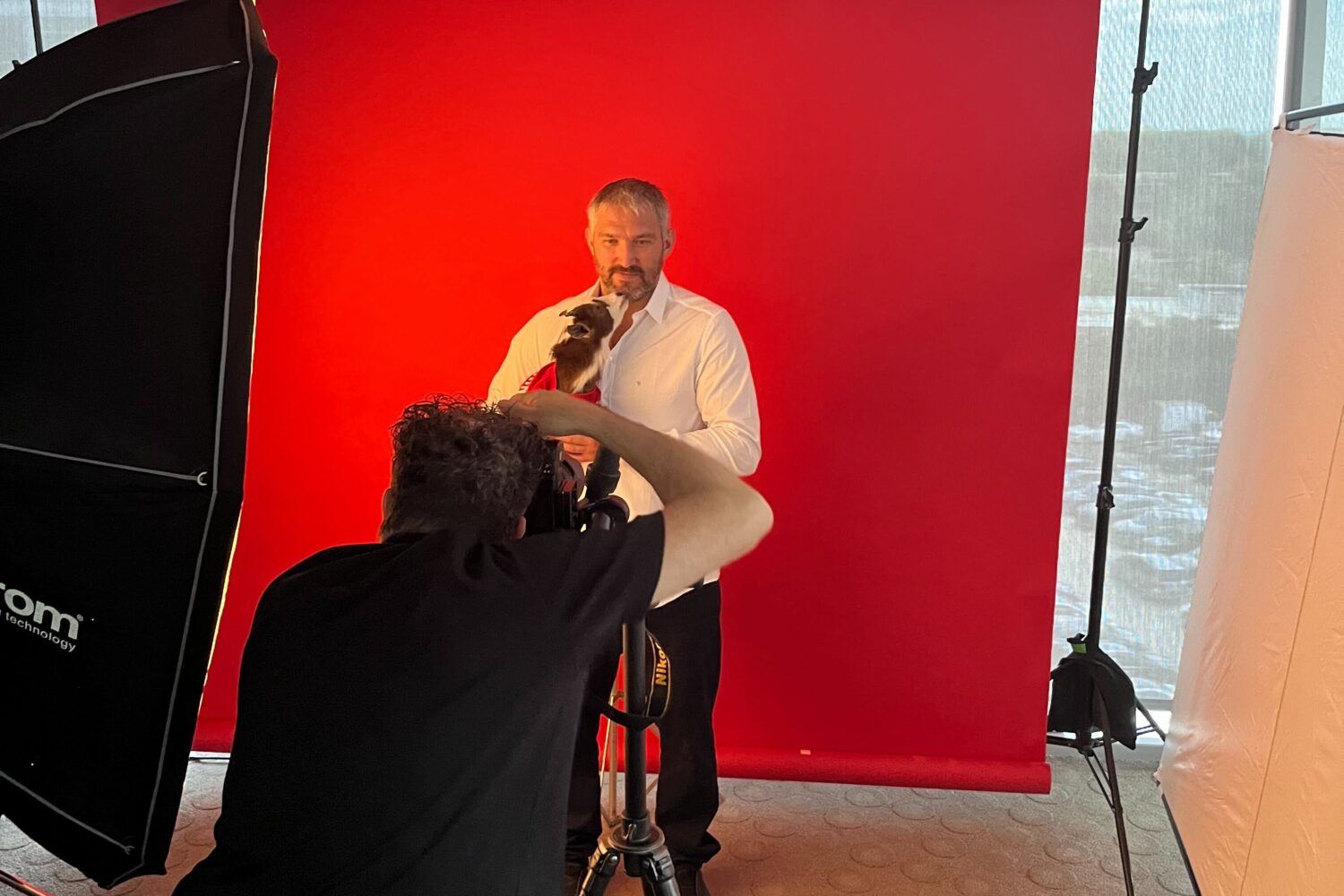Directed by Jason Reitman (Juno) and based on a book by former New York Times political writer Matt Bai, the movie The Front Runner, out November 21, explores how the 1988 presidential campaign of Gary Hart—played by Hugh Jackman—fell apart after revelations of an affair. Production designer Steve Saklad was tasked with recreating DC in that era, including the Washington Post’s old newsroom. He walks us through a sketch of the set for editor Ben Bradlee’s office.
The location:
“We shot in Georgia, which has unused ’70s and ’80s office buildings all over the place. We realized that our own production offices had a section that was very similar to the basic footprint of the Washington Post bullpen. We built an office into this open space and added the round columns.”
The history:
“We were obsessed with research. To the extent that we could, we wanted to absolutely mimic the photos we had [of the real Post newsroom]. The Spiro Agnew caricature was visible in every iteration of Ben Bradlee’s office through the decades. Bradlee’s trusty IBM Selectric typewriter sits behind his chair.”
The process:
“Every photo, sketch, and newspaper article was created from scratch by graphics designer extraordinaire Carrie Gale. Decorator Melinda Sanders sourced every desk, typewriter, ’80s computer, lamp, coffeepot, and phone book that you see from forgotten warehouses across Atlanta, Virginia, Los Angeles, and all points in between. Sadly, none of these pieces was actually owned by Bradlee.”
The look:
“We wanted to take away the glamorous coating and just let the detritus build up in the most honest way possible. That was sort of my line: Embrace the ugly. If it feels a little off, a little ill composed, it’s probably going to feel more real to the viewer.”
The reaction:
“Matt Bai [who cowrote the movie] has all this direct experience backstage at campaigns. We looked forward to his appearances at the set each time because he’d walk into the finished campaign headquarters or the Post’s office and his reaction would tell us if we’d gotten it right or not.”
This article appears in the November 2018 issue of Washingtonian.

